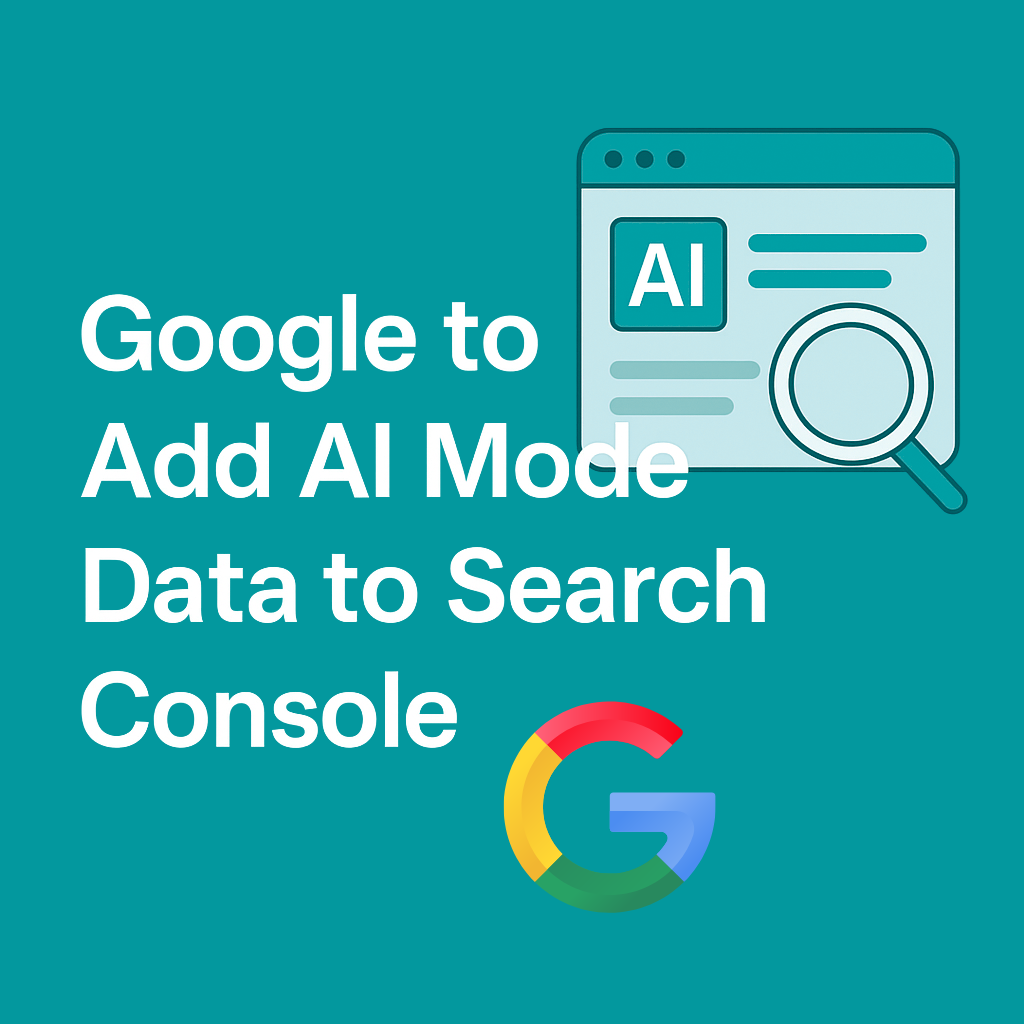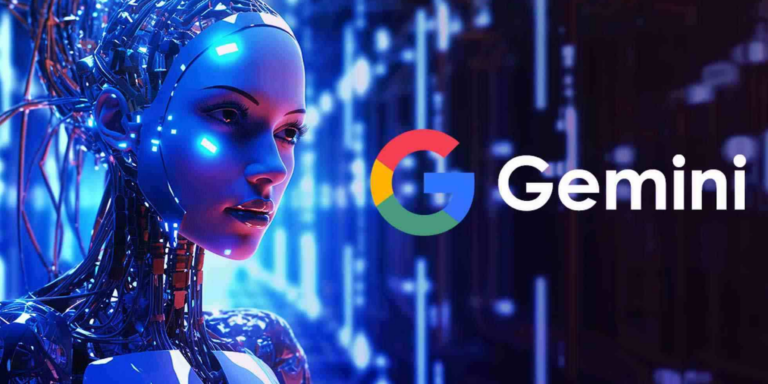Here’s what marketers and SEO pros need to know about the new AI Mode data rollout.
Google has officially confirmed that it will soon begin reporting impressions, clicks and analytics for AI Mode in Google Search Console (GSC) performance reports. This move marks an important step toward transparency, especially as Google continues integrating generative AI experiences like AI Overviews and the recently introduced AI Mode across its Search results.
However, while this update may seem like a win for digital marketers and SEOs, there’s an important limitation that changes the game.
What is AI Mode in Google Search?
AI Mode is part of Google’s evolving generative search experience (formerly known as Search Generative Experience or SGE). It appears as a dedicated tab in search results, showing AI-generated answers and summaries that aggregate data from across the web.
This new search experience is meant to help users get answers more efficiently, but it significantly alters how content is discovered and interacted with; changing the typical click-through dynamics and making it harder for businesses to understand user behaviour and traffic sources.
What’s Changing in Google Search Console?
Google confirmed that it will add AI Mode impressions and click data into GSC’s performance reports. This means that if your website is featured in an AI-generated answer, you’ll start seeing metrics associated with it at least partially.
But here’s the “but”: you won’t be able to segment this data.
Just as with AI Overviews, AI Mode traffic will be lumped into the overall “web” search traffic bucket. Even though AI Mode is its own unique tab in the search experience, Google is choosing not to break it out as a distinct traffic source.
Why This Matters
While it’s good to finally get visibility into traffic from AI Mode, the lack of segmentation creates major blind spots for marketers. Since AI-generated answers often take up the majority of the above-the-fold real estate, they can push organic listings further down the page; impacting traditional SEO performance.
The inability to separate AI Mode traffic from traditional organic clicks makes it harder to:
- Measure how AI summaries affect your traffic.
- Understand which content is being surfaced by the AI.
- Optimize for AI-specific search behaviors.
As SEO becomes increasingly AI-influenced, having clearer attribution models will be essential. Unfortunately, this update is only a half-step toward the full visibility marketers need.
What You Can Do
- Monitor overall traffic shifts in your Search Console “Web” data, look for sudden increases or drops that may correlate with AI exposure.
- Track branded search queries to see if your site is being mentioned in AI Mode results.
- Focus on content quality, structured data and E-E-A-T (Experience, Expertise, Authoritativeness, and Trustworthiness), AI systems rely on these signals to determine which sources to pull from.
- Keep your eye on changes in average position and CTR across key pages, AI Mode could affect user behaviour even if your rankings remain stable.
The Bigger Picture
Google’s move to include AI Mode data without segmentation suggests a future where understanding user intent and behaviour becomes even more complex. The introduction of AI-generated results has blurred the lines between organic, paid and AI-driven visibility, requiring new strategies for SEO and digital marketing.
We can expect more developments in this space, especially as Google refines the role of AI in Search.
About Mass Reach
At Mass Reach, we help small to medium-sized businesses thrive in a rapidly changing digital landscape. From SEO and Google Ads to CRO and AI-powered marketing strategies, we specialise in performance-driven growth. As AI continues to redefine how customers interact with content online, we’re here to help you stay one step ahead.
Want to know how AI Mode and generative search could affect your business?
Let’s chat.









